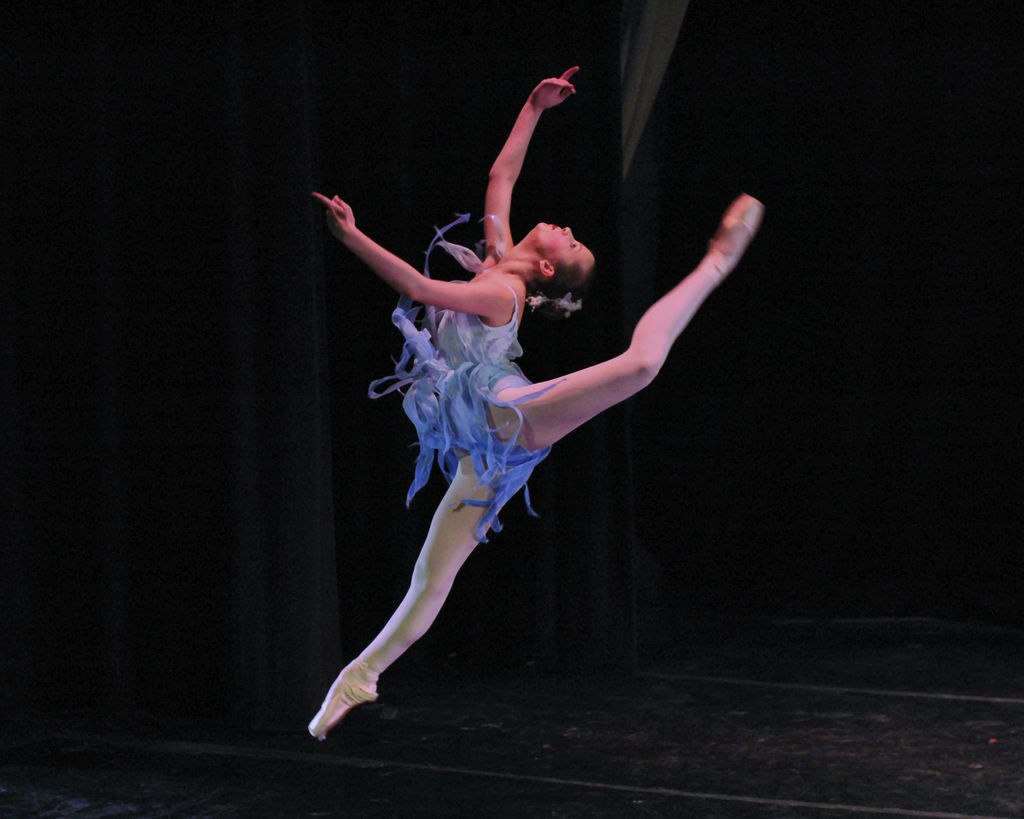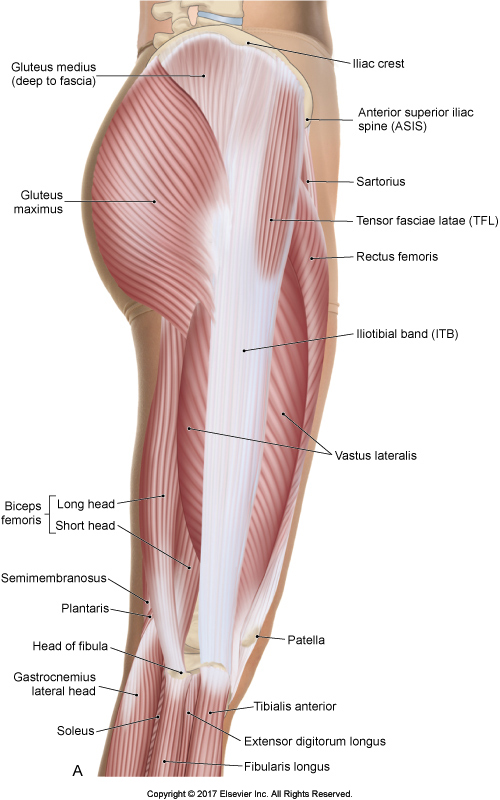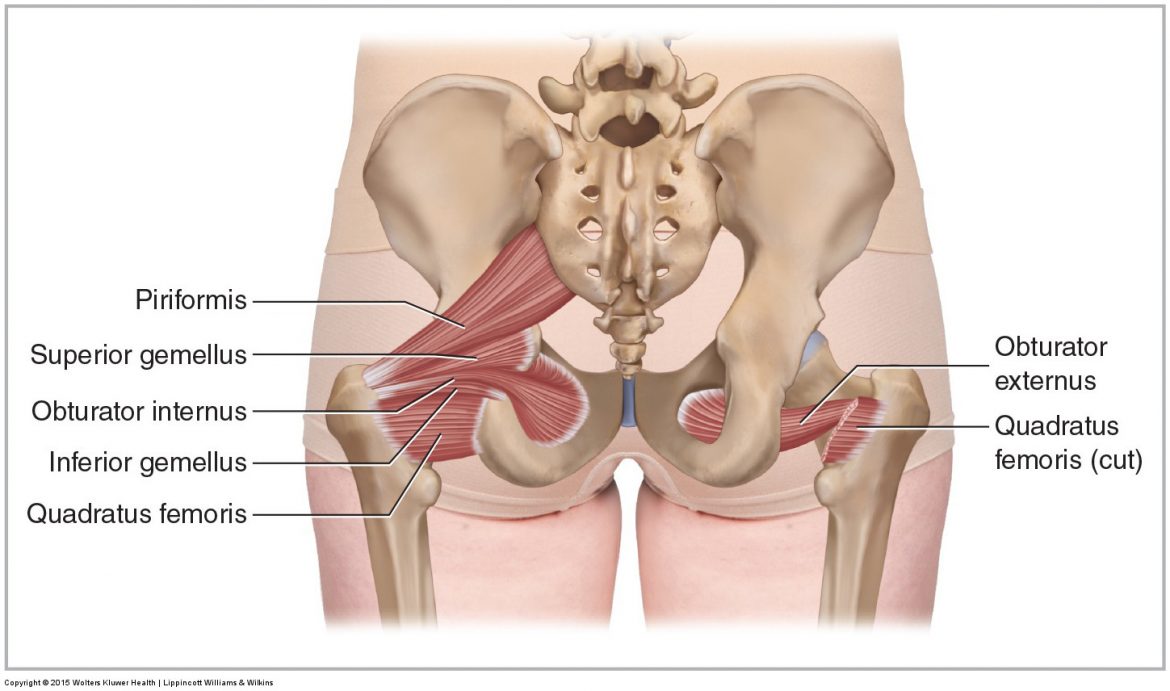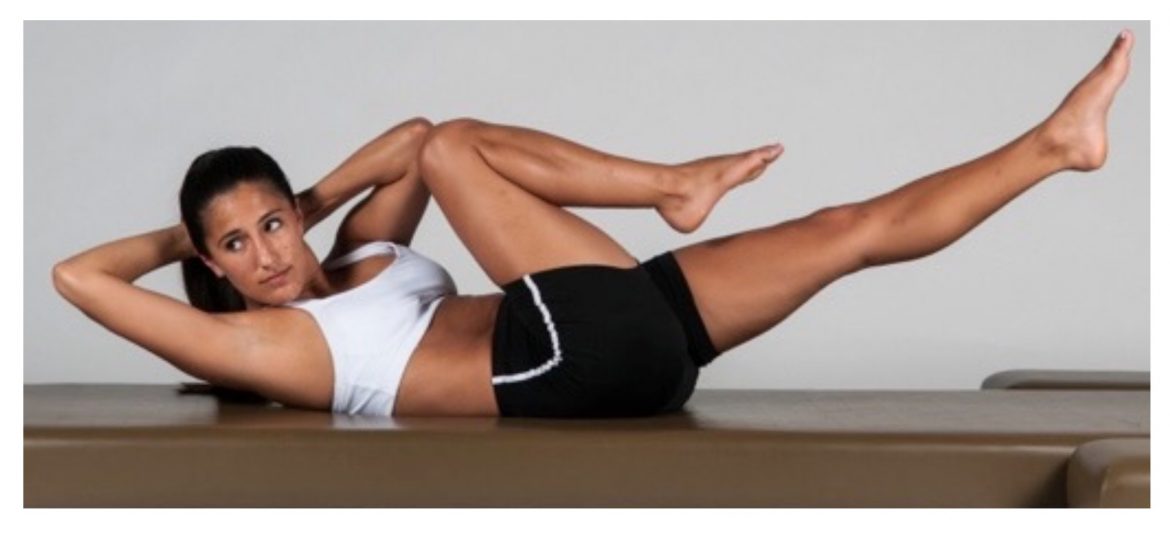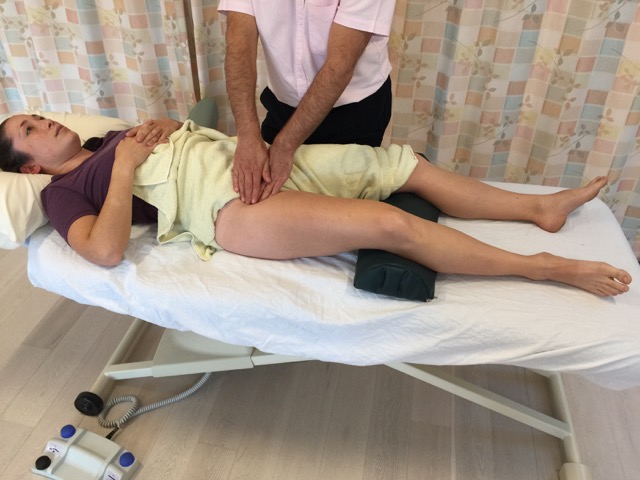The authors suggested that experienced dancers demonstrate safer landing strategies compared to recreational athletes. Dance training experience may provide protection against high-risk movement patterns. And thus, dance training may be modeled to prevent ACL injuries.
Differences in Knee and Hip Adduction in Runners with Iliotibial Band Syndrome
This study seems to show a relationship between iliotibial band (ITB) syndrome and knee adduction (genu varum) and the activation of the TFL. A relationship can be two incidents that occur together, termed a “coincidence.” Or there can be a causal relationship between them; i.e., one causes the other to occur.
How Can Tight Muscles of the Hip Joint Cause a Scoliosis?
So, if hip abductor group on one side is tighter at baseline tone than the hip adductor group on that side, the pelvis will be pulled into depression on that side, resulting in a lumbar scoliosis that is convex on that side. Similarly, tight opposite-side hip adductor musculature can cause the same scoliotic curve.
There is a Third “Deep Layer” of the Iliotibial Band (ITB)
It is not generally known that the iliotibial band (ITB) actually has three layers: a superficial, intermediate, and deep layer.
Can the Iliotibial Band (ITB) be stretched?
There seems to be a belief that the iliotibial band (ITB) cannot be stretched and thus manual treatment on the ITB is futile.
Muscles of the Pelvis
Pelvic musculature: 1. cross the LS joint onto the trunk 2. cross the hip joint onto the thigh/leg 3. pelvic floor muscles located wholly within the pelvis
Biomechanics of the Pilates Mat Abdominal Series
5 Pilates Mat Abdominal Series exercises: Single Leg Stretch, Double Leg Stretch, Single Straight Leg Stretch, Double Straight Leg Stretch, & Criss-Cross.
How do we treat meralgia paresthetica with manual therapy?
Manual therapy treatment for meralgia paresthetica involves massage and client counseling to remove physical stressors that contribute to the condition.

